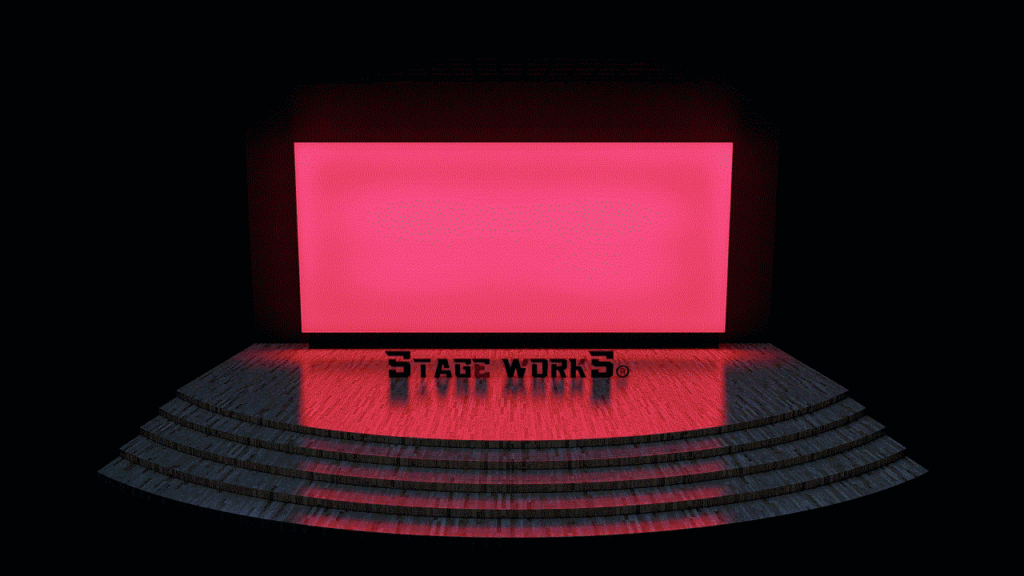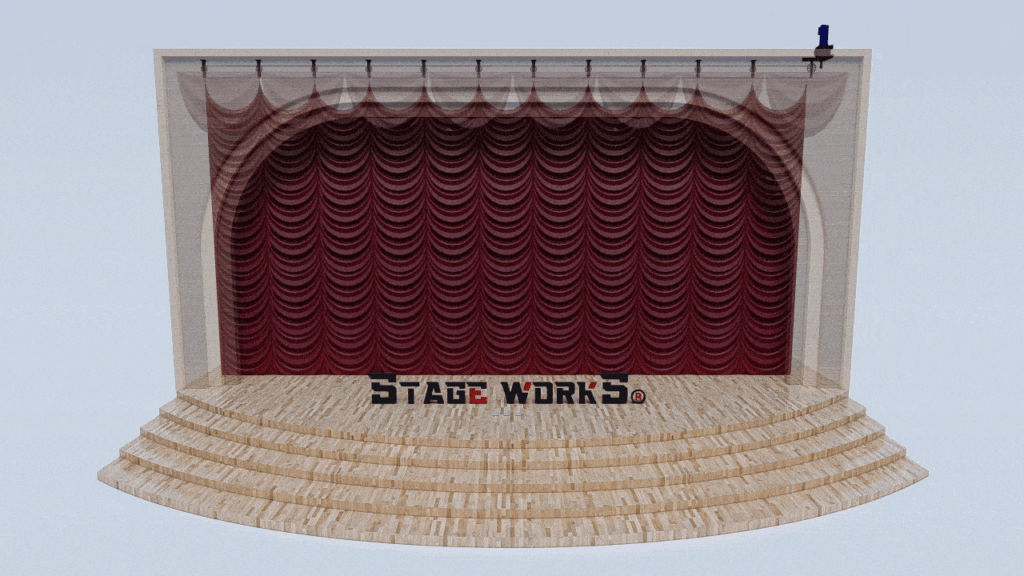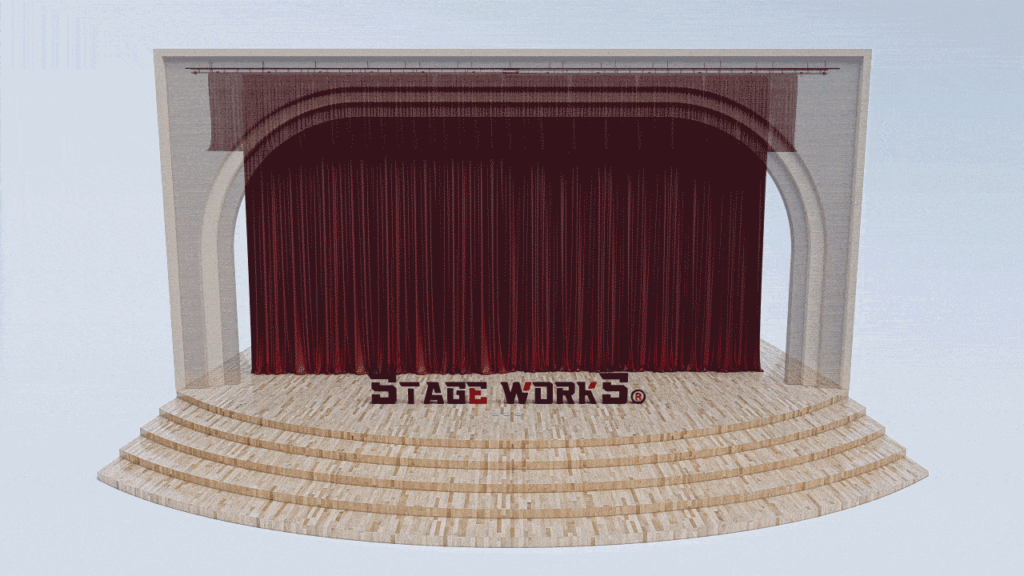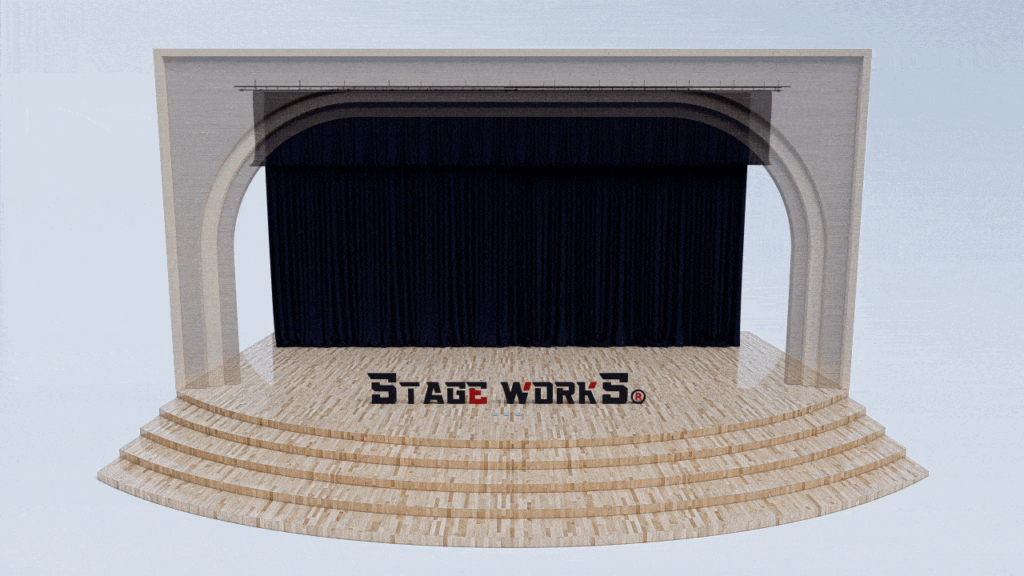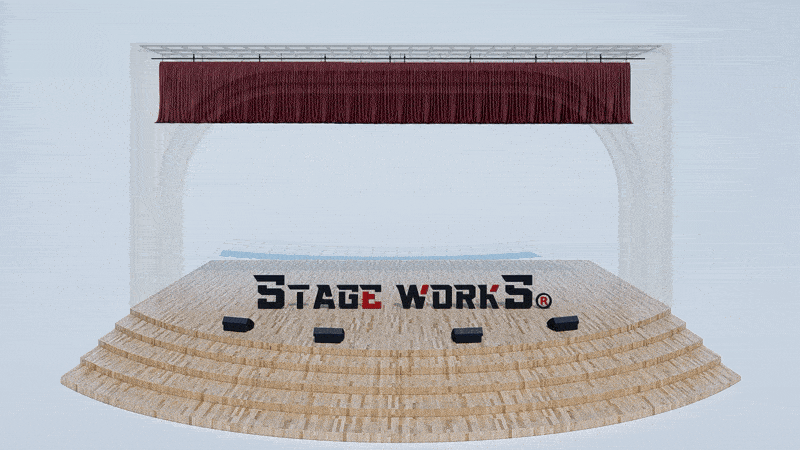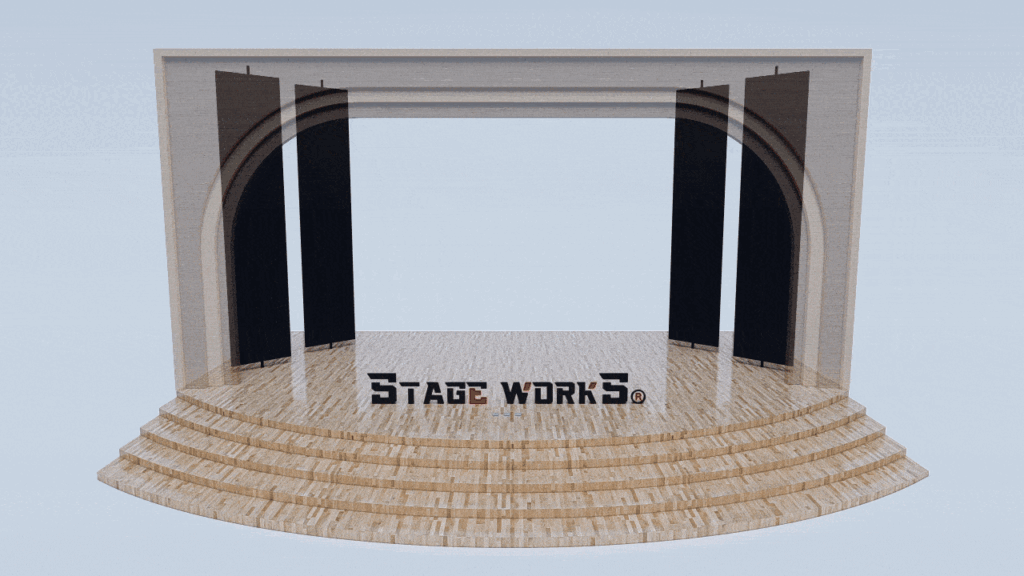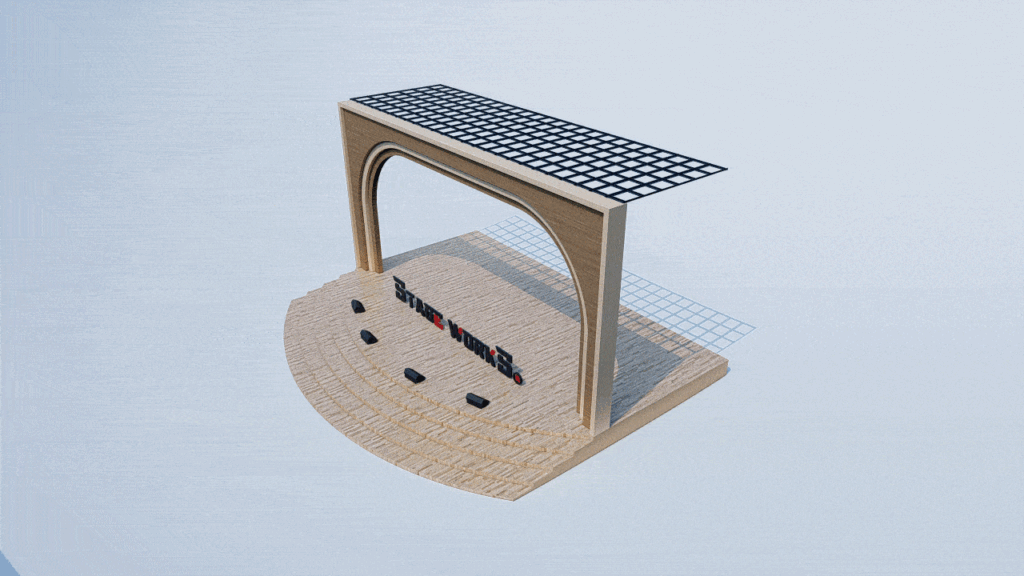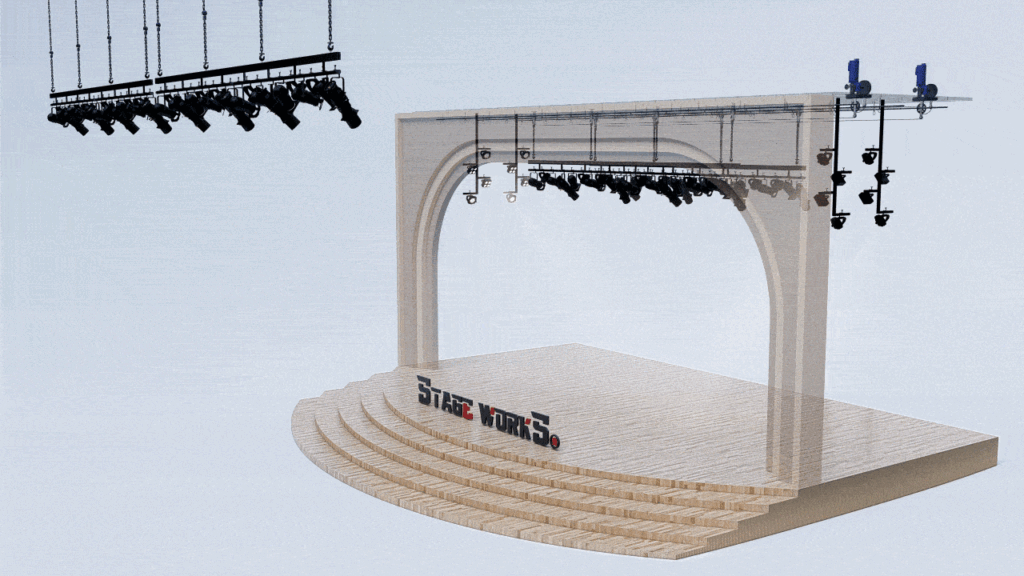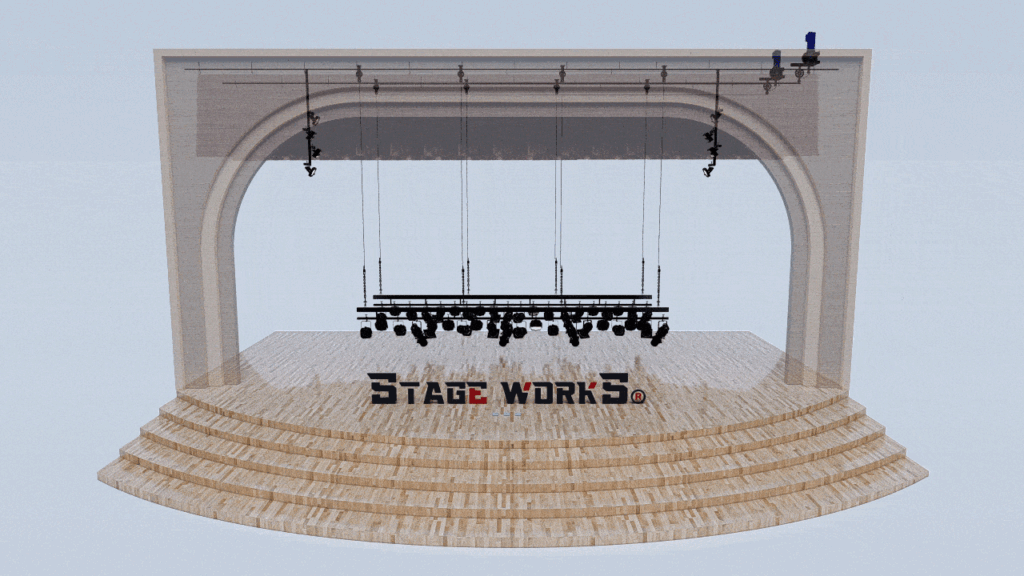Stage Curtain Design Trends 2024: A Visual Guide
Embracing Sustainability: Eco-Friendly Stage Curtains
Sustainability is no longer a niche concern; it’s a core value driving design choices across industries, and theatrical production is no exception. In 2024, we’re seeing a surge in demand for eco-friendly stage curtains. This translates into the increased use of recycled materials like repurposed fabrics and sustainable alternatives to traditional dyes. Look for curtains made from organic cotton, hemp, or recycled polyester. These choices not only reduce environmental impact but also offer a unique aesthetic, often with subtle textural variations that add depth and character to the stage. Choosing sustainable options reflects a commitment to responsible production and resonates deeply with environmentally conscious audiences.
The Rise of Digital Printing: Transforming Stage Design
Digital printing technology has revolutionized stage curtain design. Gone are the days of limited color palettes and painstaking hand-painting. High-resolution digital printing allows for incredibly detailed and vibrant designs, opening up a world of creative possibilities. In 2024, expect to see increasingly complex and photorealistic designs, from breathtaking landscapes and immersive cityscapes to abstract patterns and custom artwork. The precision of digital printing ensures sharp lines and accurate color reproduction, delivering stunning visuals that enhance the overall theatrical experience. This technology makes it easier than ever to create unique and memorable stage settings.
Textural Tales: Exploring Tactile Fabrics and Layering
Beyond visual appeal, the texture of a stage curtain plays a crucial role in setting the atmosphere. 2024 witnesses a growing emphasis on tactile fabrics that add another layer of sensory engagement. Think velvet for opulent drama, linen for a rustic charm, or even innovative materials like shimmering metallic fabrics for a futuristic feel. Layering different fabrics and textures can also create dynamic visual effects, adding depth and complexity to the stage design. Experimenting with combinations of sheer, opaque, and textured fabrics opens up a multitude of possibilities for creating unique and memorable stage environments.
Interactive Curtains: Blending Technology and Tradition
The integration of technology into stage design is continuously evolving. In 2024, we are seeing interactive curtains emerge as a prominent trend. These curtains can incorporate LED lights, projection mapping, and even touch sensors to create dynamic and responsive stage elements. Imagine a curtain that changes color and texture in response to the performance, creating a truly immersive and engaging experience for the audience. This innovative approach pushes the boundaries of traditional stage design and opens doors for entirely new forms of storytelling and visual expression.
Bold Color Palettes: Making a Statement
While subtle tones have their place, 2024 sees a resurgence of bold and vibrant color palettes in stage curtain design. From deep jewel tones to bright neon hues, designers are embracing saturated colors to create striking visual impact. These daring color choices can dramatically alter the mood and atmosphere of a production, enhancing the emotional resonance of the performance. The use of contrasting colors and unexpected combinations can further elevate the visual experience, creating a truly unforgettable stage presence. Consider how bold colors can amplify specific emotions and themes within a play or musical.
Conclusion: Curtains Up on Innovation
The stage curtain is far more than a mere backdrop; it’s a crucial element shaping the audience’s overall experience. The trends highlighted in this guide demonstrate a commitment to innovation, sustainability, and creative expression in stage design. By embracing these trends, theatre productions can create truly captivating and memorable experiences that resonate with audiences long after the curtain falls.



